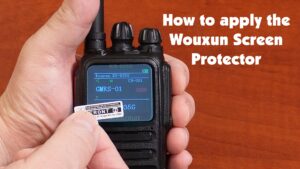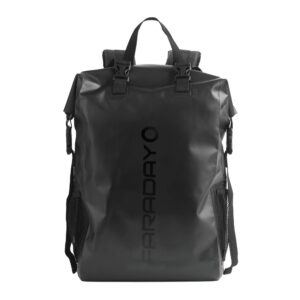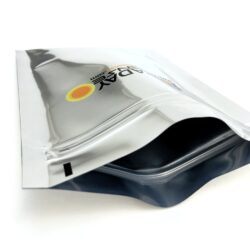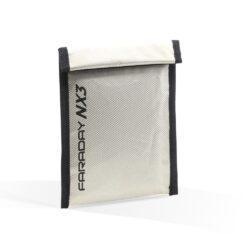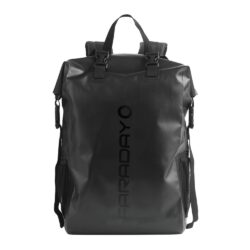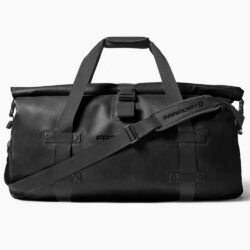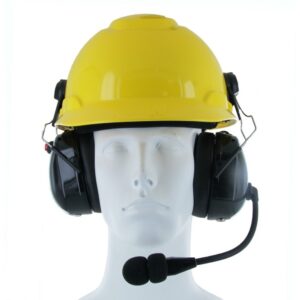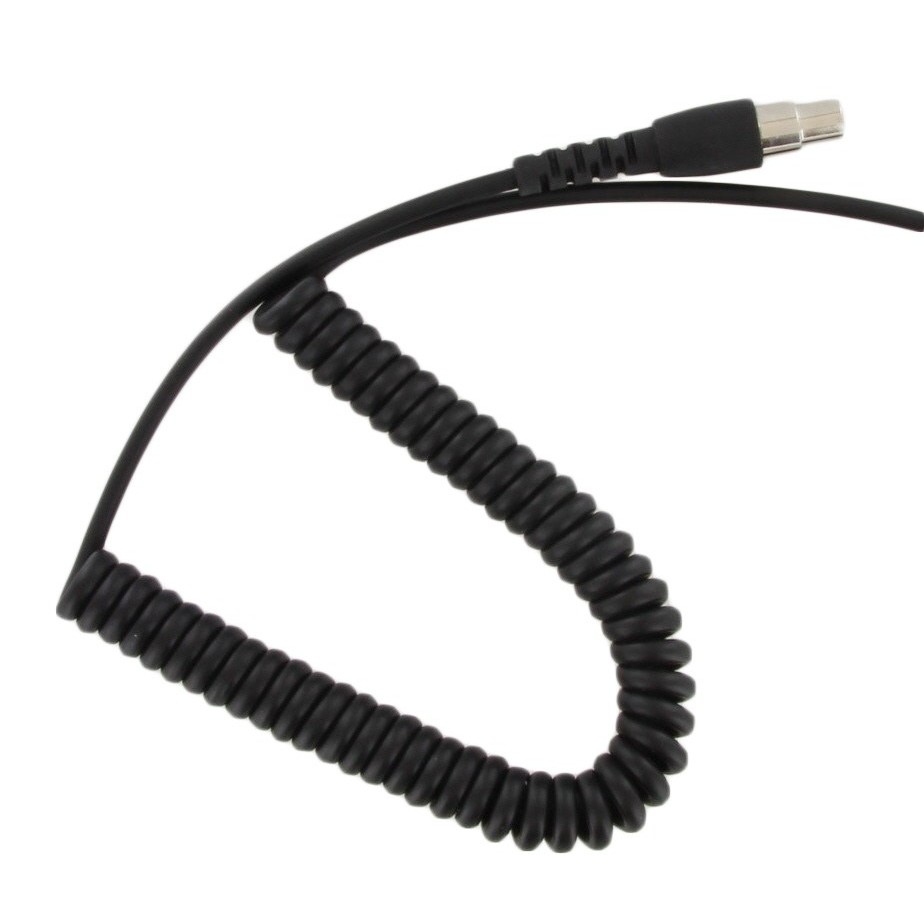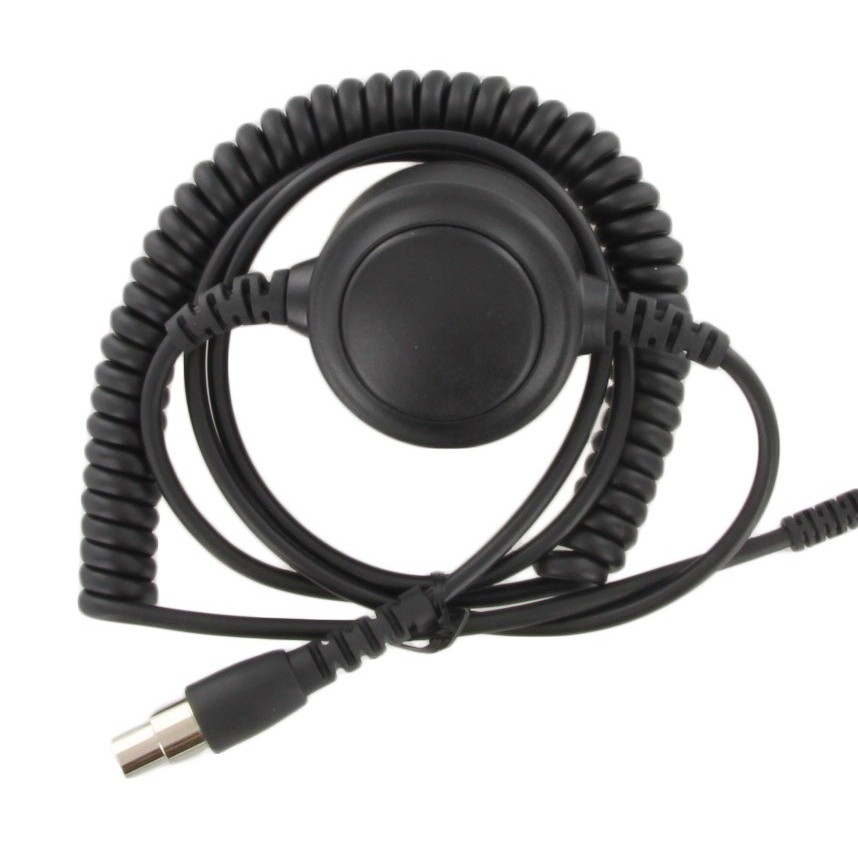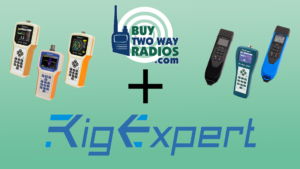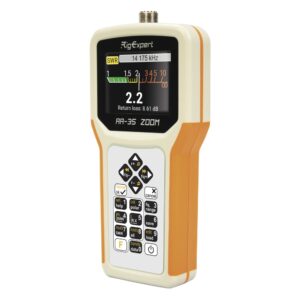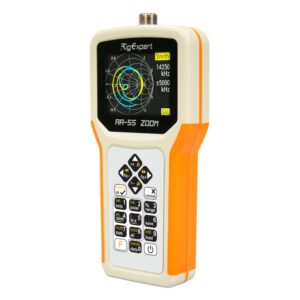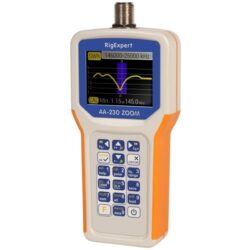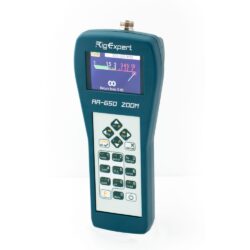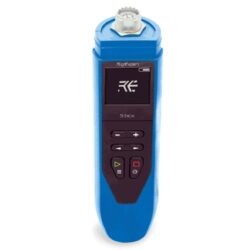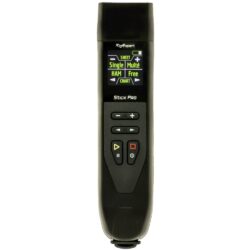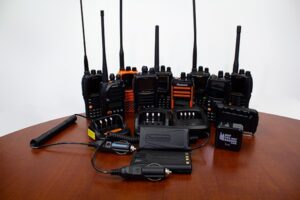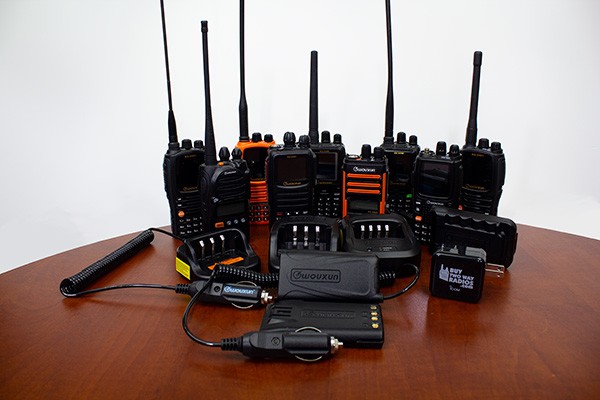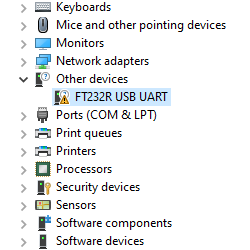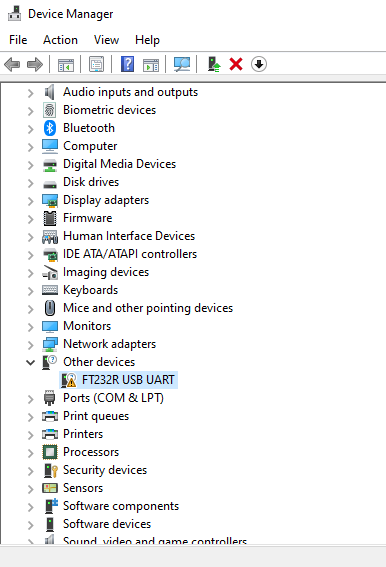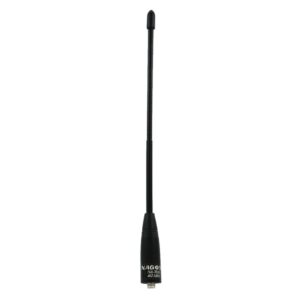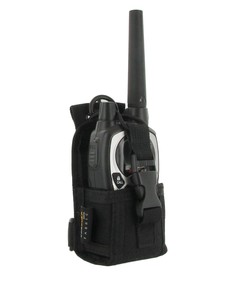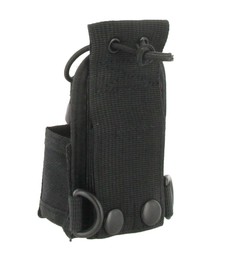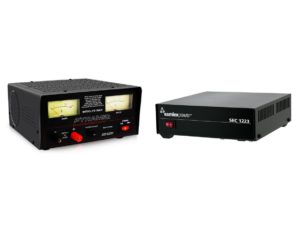 Mobile two way radios are built to install and operate in automobiles, pickups, commercial trucks, off-road or recreational vehicles and, for some models, even motorcycles. The power, advanced features and versatility of the typical mobile radio allows it to be easily converted into a base station. It can be placed on a table or desk without a mount or hardware, connected to a proper antenna, powered on, and it's ready to go on the air.
Mobile two way radios are built to install and operate in automobiles, pickups, commercial trucks, off-road or recreational vehicles and, for some models, even motorcycles. The power, advanced features and versatility of the typical mobile radio allows it to be easily converted into a base station. It can be placed on a table or desk without a mount or hardware, connected to a proper antenna, powered on, and it's ready to go on the air.
Of course, there is a little matter of power. A mobile radio is specifically designed to operate on DC power from a vehicle. It has no internal power transformer or inverter of its own, so it isn't made to plug into the AC wall outlet of a home or office building. In that case, how do you power a mobile radio for use as a base station? That's easy. Get a power supply.
We carry a selection of popular mobile two way radios for business, amateur, personal and marine use at Buy Two Way Radios. We also carry a full line of reliable AC to DC power supplies from several major, name brand manufacturers. But this isn't a cut and dry, one-size-fits-all sort of thing. Mobile radios have different power requirements, and power supplies have different power ratings. Choose the correct power supply for your radio, and you may have years of clean power with no noisy interference and uninterrupted service. Choose the wrong one, and your radio may not be able to transmit or even stay on from the start.
So, how do you choose the right power supply for your radio?
First, you will need to determine how much power your radio requires. A radio that is always on, but only listening, will use a minimum of power while idling in receive mode. However, the moment the Push-To-Talk (PTT) is pressed, the power needed to transmit will spike considerably. How much? That depends on several factors, not the least of which is the transmit power level set or programmed into the radio for a particular band or frequency.
Second, you will need to consider how the power supply will be used. Will it power only one radio, or multiple transceivers at once? Will the radio sit next to or on top of the power supply, or will it be set somewhere else on the desk or bench a short distance away?
Last but certainly not least, you will need to figure out what type of power supply will work best within your budget.
Where do we begin? For starters, let's discuss how much power you will need for safe and stable operation. For this, you will need the operating specs of your radio. Since mobile radios are designed for use in a vehicle, they will typically need Direct Current (DC) between 12VDC and 13.8VDC operate. The wattage is also important, as it will fluctuate greatly depending on what state of operation the radio is in, i.e. whether it's receiving or transmitting a signal. This means the number of Amps it pulls while in each state of operation will also vary greatly.
And yes, there is a formula to calculate how much power you will need for your particular radio.
I=P/E
E= Voltage or Volts (V)
I= Current or Amps (A)
P= Power or Watts (W)
For example, let's calculate the amp draw of a 15W mobile radio on 12 volts. 15W / 12V = 1.25A. Simple, right? Well, not exactly. There are other variables to consider. For instance, there is an initial power surge or spike when the radio is first turned on, and again each time the PTT button is pressed to transmit. That surge will vary each time, and the power supply will need to be able to handle those momentary spikes in power draw.
There is variance in how many peak amps a radio will consume, and there is variance in how many actual continuous amps a power supply can handle. Plus, you have to factor in the heat produced and average load a power supply is under. Considering all these variables, there is not an exact formula for figuring this out. A better, safer amp rating to use is the maximum current consumption or amp draw listed in the manufacturer's specifications or in the owner's manual for the radio.
To the average layperson, all this sounds overly complicated. So to simplify the process, here are some general guidelines for choosing the right size power supply for your radio.
- Use the manufacturer's amp rating of the radio as the rule.
- Use the maximum, or peak load rating of the radio, not the standby or typical draw.
- If connecting multiple radios, add up the total amps of all the radios during peak load combined.
- Choose a power supply based on the continuous rating, NOT the maximum or surge rating
- Choose a power supply with a maximum continuous amps rating considerably greater than the maximum amp draw of the radio
- Consider the difference between a linear (regulated) and switching power supply
- Choose a power supply with a built-in cooling fan
- Stick with a power supply from a reliable, brand name manufacturer
- Consider the warranty, as power supplies do have a life span
- DO NOT buy a power supply based solely on price
For example, let's say you have a 50 watt radio and the maximum draw is listed at 10 amps. Buying a power supply advertised with a peak load of 10 amps might still be a bad move. First, power supplies have two amp ratings: continuous and maximum. The continuous rating is usually the number that you want to look for. Also consider the load. If a power supply is under a constant load that is close to its maximum, you'll generate more heat, and that can shorten the life of the unit. For that reason, it's a best practice to buy one with a built-in cooling fan.
Choosing a power supply isn't really that complicated, although at the outset it can seem that way. Simply put, to convert your mobile two way radio into a base station, we recommend that you buy a higher amp power supply than is absolutely needed. When it comes to power, you can't over buy. If in doubt, go bigger. At the end of the day, you'll be glad you did.





